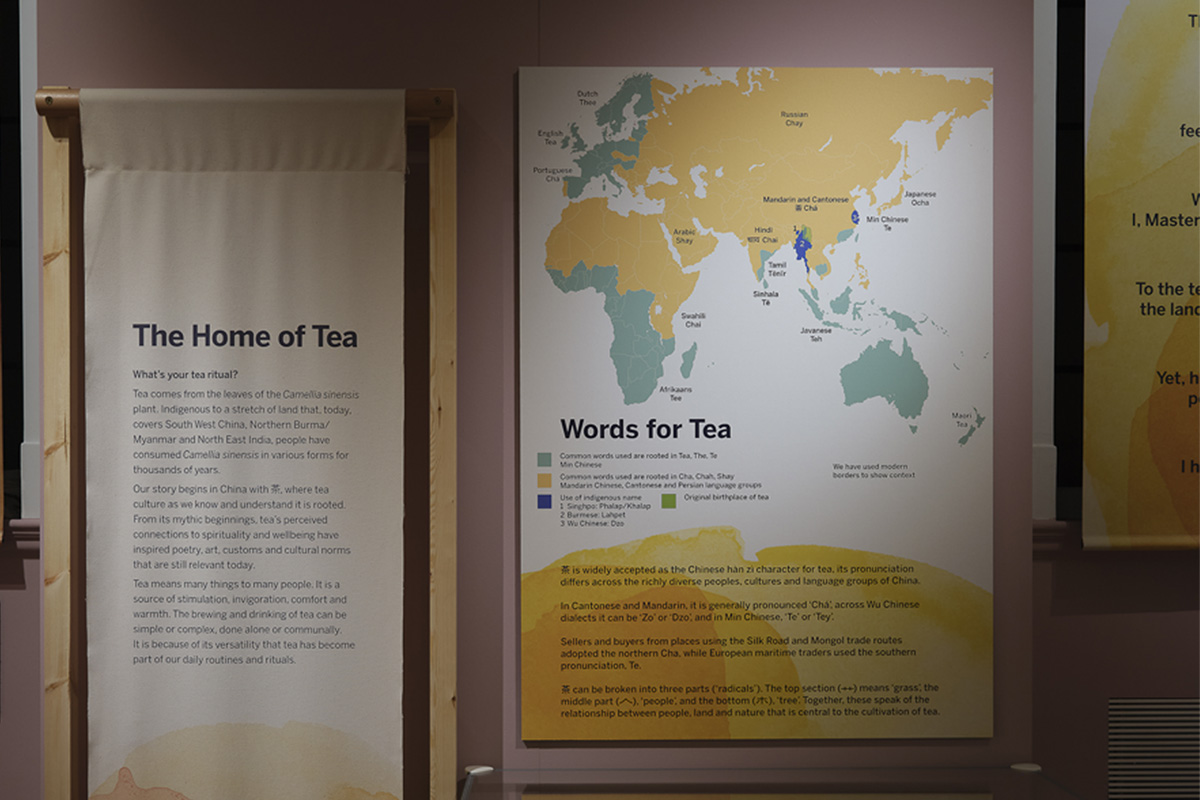But where does it come from – and why do we call it tea?
Where does tea come from?
Tea comes from the leaves of the Camellia sinensis plant. Indigenous to a stretch of land that, today, covers Southwest China, Myanmar and Northeast India, people have consumed Camellia sinensis in various forms for thousands of years.
The history of tea in China is so old that its discovery is linked to the mythic emperor and demigod, 神農Shén Nóng.
There are many versions of the story but one version tells of how in 2737 BCE Shén Nóng travelled across the land, tasting as many herbs and plants as possible. He wanted to see what was edible and what wasn’t for the sake of the people.
On his journey, Shén Nóng would regularly be poisoned, sometimes up to 70 times a day. One day, the demigod was boiling water when a few leaves fell into the pot and changed the colour of the water. When Shén Nóng drank the brew, he was cleansed of all toxins and invigorated; he had discovered tea.
This story highlights the importance of tea in early Chinese culture for its medicinal use, but also gives us an insight into just how rich and long the history of tea in China is.

Cha or Tea? What do you call it?
Why, across much of the world, do we mainly use two words for tea?
Both words have their roots in China and offer us an insight into the diversity of Chinese people and languages.
The character
‘茶’ is widely accepted as the Chinese hàn zì (character) for tea.
The character itself – 茶 – can be broken into three parts or radicals.
The top section means grass, the middle part, people, and the bottom, tree. Together, these speak of the relationship between people, land and nature that is central to the cultivation of tea.
The pronunciation
Its pronunciation differs across the richly diverse peoples, cultures and language groups of China.
Much of the world that received their tea via land routes, such as the silk road for example, adopted or were influenced by the Mandarin or Cantonese pronunciation of chá. That is why much of South and West Asia call it chai/shay or just cha.
Tea that was traded through maritime routes adopted the Min Chinese pronunciation, Te. Min Chinese is spoken across southeast China as well as parts of Southeast Asia. Dutch traders adopted the pronunciation ‘thee’ which then influenced wider European markets to also begin using the term.
The popular phrase, cha by land, tea by sea helps explain this. Both words are simply different ways to pronounce the same character.
So what you call your brew, is probably connected to where your tea came from and the people that initially traded it.


